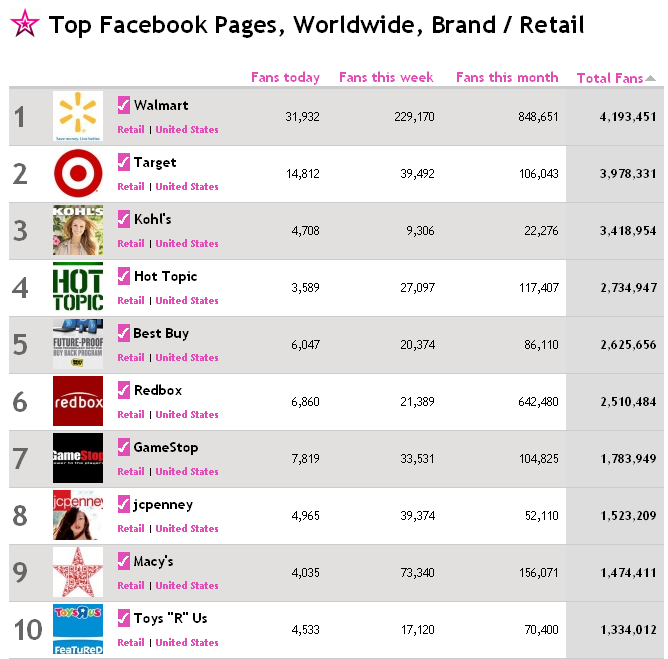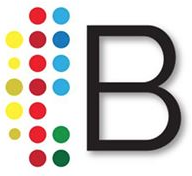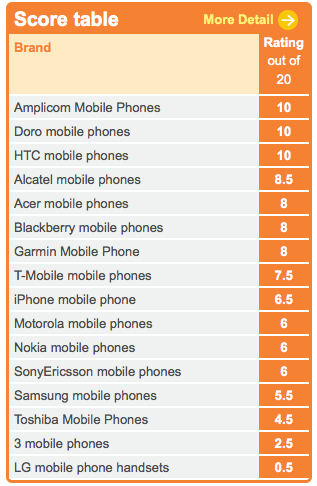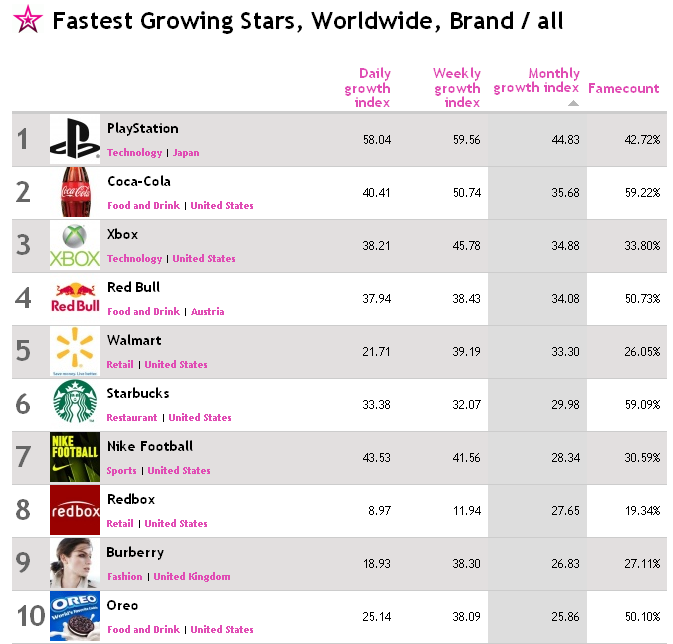Happy Monday! We're starting out the week by revisiting a post on our Facebook page which deserves its proper due on our blog too. We all know that companies are researching us as much as we do them, but as Charles Duhigg's NYT article titled "How Companies Learn Your Secrets" explains in excruciating detail, the extent to which retailers like Target can hone in on select life events based on shifting purchasing habits is, well, fascinating. We highly recommend devoting a solid 20 minutes of quality workload procrastination to reading the whole thing. Yes it's a bit long in parts, but stick with it through the obligatory rat-and-maze experiment because the case study on Febreze alone is worth the price of admission. Overall, depending on your metaporical empty-or-full-half-glass outlook when it comes to consumer psychology, you might come away a bit terrified, or you might want to try to cheat the system next time you buy groceries, or you might be jonesing to try that spiffy weight loss trick.
Enthused for Ethical Consumer
As the green movement evolves and companies try to better attract new consumers and maintain old ones, they need to focus increasingly on not only whether they (and their competitors’) goods are made of x% recycled materials, but also whether overall they are operating a good business. Enter the Ethical Consumer Research Association Ltd. This UK based company has offerings in products/services research for consumers, and consultancy services for businesses, by training a high-powered-morally-righteous-lens on the companies producing them. Ethical Consumer scores the brands based on 19 factors broken down into these categories: animals, environment, people (e.g. workers’ rights & supply chain management), politics, and sustainability.
And since they are such a nice company, we appreciate that they’re freely giving away with registration, 1) the surface-level charts of companies’ scores on everything from bread making machines to travel insurance, and 2) lengthy reports on the ethical factors impacting that good/service that you’ll find by scrolling down the page.
Check out their current freebie chart for cell phones. Based on the example of the phones’ abysmal scores, one can readily see the potential for brand differentiation by evolving into a halo-worthy institution.
Business Research Meets…Purses?
While the bizologie authors all exhibit a weakness for Coach handbags, this entry is not a game of guess your clients’ income by who’s not wearing a fake. Recently I had an excellent interaction in a Coach boutique which I visited to exchange a bag, and the sales associates referenced an online consumer forum multiple times during my time there, e.g. “Oh I think the talked about this color on The Purse Forum. They’re major enthusiasts on The Purse Forum. They’re way ahead of the game on The Purse Forum”. This intrigued me, so the next day I visited TPF and found a market research gold mine. Now when most people use the term gold mine, they mean “everything I wanted in one spot.” That’s more likely the other gold analogy, the one involving pots and rainbows. TPF, in terms of business research, comes across as a literal gold mine, with a lot of nonrelevant (to business researchers that is) information to be found throughout, and the occasional vein of free-focus-group-qualitative-information-gold. These are serious Coach connoisseurs who are not only giving impromptu product reviews, but also candidly answering topics like: “Do you no longer like Coach? If, so, then why?” (Answer: Lots of them move on to higher price point brands like Hermes or LV). Or, “For those who own more than a handful of Coach bags, why do you buy? (Answer: Thrill of the hunt; they often re-sell their stash on ebay and purchase their new must have).
Obviously one could create an account, insinuate themselves into the forum’s culture, and ask incognito questions. And obviously the Coach employees are monitoring TPF, which begs the question of precisely who starts some of these more probing threads. Hence TPF (which also discusses scads of other handbag brands and other luxury goods) and other comparable consumer forums are definitely something to consider for people doing qualitative-type business research, especially for the aforementioned luxury/consumer goods. So long as the researcher is respectful of that community’s enthusiasm and expertise, they might find themselves a gold nugget or two.
Social Currency: More than just buzz
We have looked at how companies can monetize their social media with Social Commerce and we've introduced you to Famecount where you can find the popularity of brands, now with help from Vivald-iPartners we examine how it all fits together to create Social Currency. The report Social Currency: Why brands need to build and nurture social currency explains that "today, one of the most important strengths of a brand is its social currency, the extent to which people share the brand or information about the brand with others as part of their everyday social lives." Social of media has changed how brands are built. "Social media sites are actively used today by major brands to strengthen customer service, introduce or co-create new products and entertain people." A high social currency commands a price premium and creates brand loyalty, but it takes more than just buzz. "Companies need to learn how to make their brands more social, and how to interact in new ways with their customers.
The most interesting part of the paper explains that although there are 6 components of social currency (affiliation, conversation, utility, advocacy, information and identity), brands don't need high scores in all 6 to have a high currency. Different categories of products have different needs. Categories like fast food and beer seem to be less dependent on providing a strong sense of community, whereas airlines and IT rely on their user-base to exchange news, hints, and other information.
Famecount: Social Media's Most Popular Brands
Last week we talked about corporate use of social media and today we're going to see which brands and companies are the most popular. Famecount keeps track of brands, celebrities, media, sports, games, music and politicians on Facebook, YouTube and Twitter. They'll give you rankings for each service by region and they also break down each category so you can come up with some pretty specific charts. On the "Facebook Stars" tab, I can break down the brand category to Auto, Food & Drink, Fashion, Restaurant, Retail and Technology. These charts will show me the total number of fans as well as fans per month, week and day:

I can also see most popular brands over all channels combined:
And trends of the fastest growing brands:
Famecount gets their data directly from the sources and you can read more about how their data is calculated here.









